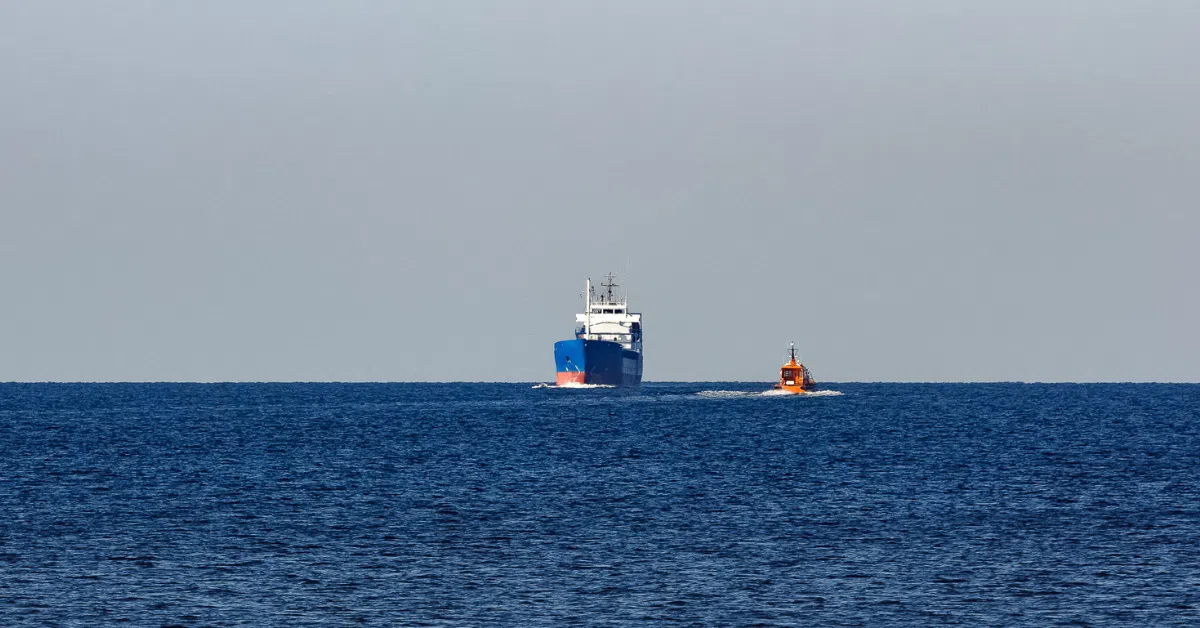From in-situ restoration to alternative restoration, ensuring compensation funds are “used to the fullest extent possible”
Ningbo establishes Zhejiang’s first marine ecological environment damage compensation restoration practice site
Covering a coastline of 108.05 kilometers
On the morning of August 15, the Ningbo Xiangshan Bay Marine Ecological Environment Damage Compensation Restoration Practice Site was established, the first of its kind in Zhejiang. Simultaneously, the first two alternative restoration projects at this practice site were officially launched: the Meishan Bay Bird-Friendly Wetland Enhancement and Renovation Project and the Xiangshan Huangbiao’ang Township Aquaculture Tailwater Treatment Project, involving a total of 1.4 million yuan in ecological environment damage compensation funds.
The debut of “one practice site, two projects” signifies that Ningbo is taking the lead in the province by focusing on marine ecological environment protection. For pollution incidents that cannot be restored in situ, through government guidance and alternative restoration, ecological environment damage compensation funds are ensured to be “used to the fullest extent possible.”
From “enterprise pollution, public suffering, government pays” to “whoever causes damage, compensates,” China’s ecological environment damage compensation system reform has been implemented for ten years. According to relevant system regulations, compensation funds are prioritized for in-situ restoration. Based on relevant statistical data from Ningbo over the past three years, 20% of the funds still have low activity. To increase the “contribution rate” of compensation funds to ecological environment protection, in the first half of this year, 11 national ministries and commissions jointly issued relevant opinions, proposing to deepen reform and innovation, encourage alternative restoration, and build ecological environment damage compensation restoration bases tailored to local conditions.
“Ningbo has abundant marine resources and a long coastline, so more compensation funds can be used for marine ecological environment protection,” said a relevant official from the Ningbo Municipal Bureau of Ecology and Environment. Through research and visits, Ningbo initiated the establishment of the Xiangshan Bay Marine Ecological Environment Damage Compensation Restoration Practice Site, which includes two major areas: the Meishan Bay Beautiful Bay Restoration Area and the Xihu Bay Colorful Coast Restoration Area, covering a coastline of 108.05 kilometers.
Using the practice site as a carrier, Ningbo is accelerating the establishment of a project library to guide ecological environment damage compensation cases within the city that cannot be restored in situ. Flexible alternative restoration methods such as “replanting and regreening,” “stock enhancement and release,” “forest and bird protection,” and “labor compensation” are being adopted to truly achieve “the environment has value, and damage entails responsibility.”
Among the first batch of launched projects, the 150,000 yuan Xiangshan Huangbiao’ang Township Aquaculture Tailwater Treatment Project funds came from compensation for damage to marine protected animals and are mainly used for environmental improvement of 5,230 acres of seawater and freshwater aquaculture ponds. The 1.25 million yuan Meishan Bay Bird-Friendly Wetland Enhancement and Renovation Project funds came from compensation for port environmental pollution accidents. “Over 50,000 migratory birds栖息 (roost) in Meishan Bay each year. Through this project, we will create a new landmark in the bay area—an ecological bird-watching corridor,” said the head of the Meishan Bay Tourism Development Center.
“Using Xiangshan Bay as a pilot, Ningbo is innovating the coordination mechanism for ecological environment damage compensation funds, shifting from ‘fragmented’ restoration to systematic ecological governance, providing a practical path for coastal cities nationwide to accelerate the construction of a Beautiful China,” said Peng Yingdeng, Chief Engineer of the National Urban Environmental Pollution Control Technology Research Center.





